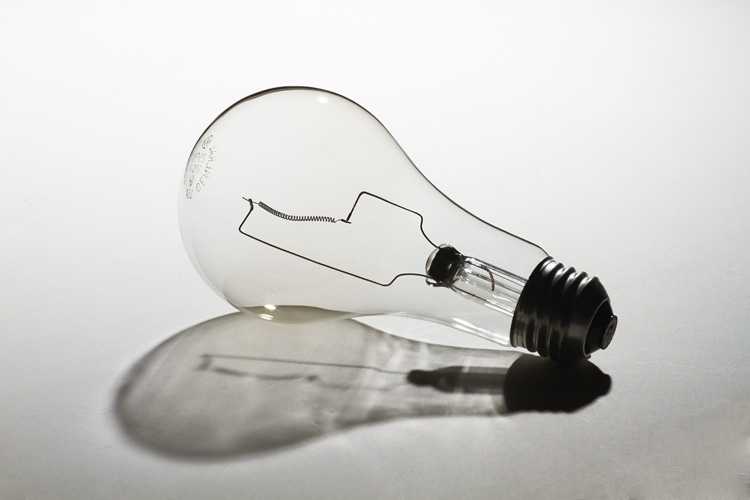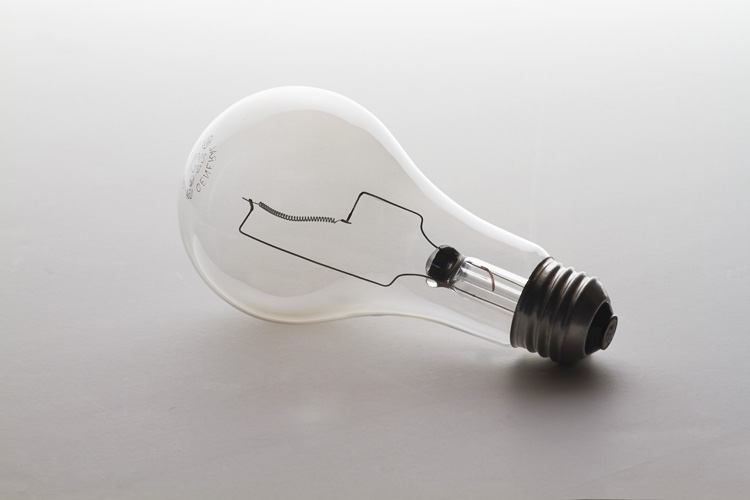One of the most important ingredients of a good photograph is light; as such, the quality of a subject’s light source inevitably has a profound impact on the resulting photograph.
While the sun, as a natural light source, acts in a variety of ways depending on the time of day, in the studio we are able to manipulate our shots by altering the angle of light, as well as the distance and the quality.
This is important to understand when visualizing our outcomes, and planning how best to achieve them. Will soft or hard light suit our subject better? Do we want shadow? What about texture?
This tutorial explores the difference between hard light in studio, and light diffused using vellum, creating a softer quality on our subject: the light bulb, ironically.
Table of Contents
What does the hard light do?
First, we light our subject directly (without diffusion), and take the photo.
Also Read

With hard light, our light bulb’s shadow is apparent, as is the bulb’s transparent glass through which our source shines. Looking at this shot is interesting – it lends a more dramatic mood to our photograph due to the shadow and contrast.
We can concur from this result that hard light is best for emphasizing shape and drama, heightening contrast, and creating an intense atmosphere for our subject.
What does the soft light do?
Next, we diffuse our original light source with vellum, and take a second shot.

Under the diffused light, our light bulb looks quite different. The harsh shadow is gone, and the edges are less apparent – the resulting image is soft, smooth, and white without much contrast. It’s less dramatic, but more visually appealing as a product, as it draws attention only to the light bulb rather than the surface it sits on.
Conclusion
From these results, it seems that soft diffused light is more flattering to the appearance of subjects. To put this into context, a portrait would benefit from soft light, because it would not highlight face-distorting shadows or bad complexions. It is better to get more detail about hard light vs soft light.
If you want to bring out those gritty details, however, whatever your subject may be, the un-diffused light will be sure to accomplish this task, and make for a more intense photograph. Remember, the choice is yours, and the decision makes all of the difference.
Assignment: Take a photo of the same subject, using different qualities of light. Post the results in the comments below!






